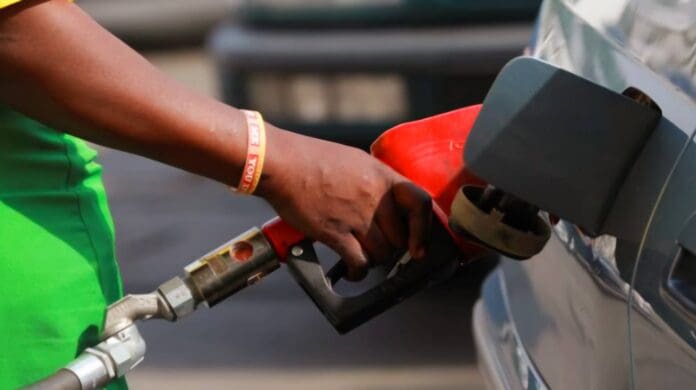Good news for motorists: The Department of Mineral Resources and Energy (DMRE) has confirmed that fuel prices in South Africa have dropped, effective from May 7, 2025.
After April’s significant fuel cuts, petrol users will benefit from a 22 cents per litre decrease, while diesel prices have dropped by as much as 42 cents per litre.
The announcement is a welcome development for households, motorists and the agricultural sector.
May 2025 fuel price adjustments at a glance
According to the DMRE, the following official fuel price changes:
- As earlier reported, petrol 93 (ULP & LRP) sees twenty-two cents per litre (22.00 c/l) decrease
- Petrol 95 (ULP & LRP): Twenty-two cents per litre (22.00 c/l) decrease
- Diesel (0.05% sulphur): Forty-two cents per litre (42.00 c/l) decrease
- Diesel (0.005% sulphur): Forty-one cents per litre (41.00 c/l) decrease
- Illuminating paraffin (wholesale): Thirty-one cents per litre (31.00 c/l) decrease
- SMNRP for illuminating paraffin: Forty-one cents per litre (41.00 c/l) decrease
- Maximum retail price of LPGas: Forty-six cents per kilogram (46.00 c/kg) increase
Why are fuel prices falling?
The latest decrease is driven by both international and local market dynamics, particularly:
- Weaker global oil prices
The average Brent Crude oil price declined from $71.04 to $66.40 per barrel during the review period. This was mainly due to:
A global economic slowdown sparked by renewed US-China trade tensions.
Concerns over an oversupply from non-OPEC countries, alongside increased production projections from OPEC+.
- Lower international product prices
Prices for finished petroleum products, including diesel and illuminating paraffin, followed the downward trend of crude oil, with lower shipping costs contributing to the decline.
- Rand appreciation
The local currency showed modest strength, with the average exchange rate improving from R18.9727 to R18.7850 against the US dollar between March 28 and April 25, 2025. A stronger rand reduces the cost of importing fuel.
- Stable slate levy
The slate levy, a mechanism to smooth out fuel price volatility, remains unchanged at zero cents per litre, thanks to a positive cumulative balance of R3.9 billion by the end of March 2025.
Positive impact across sectors
Agriculture sector boost
Paul Makube, Senior Agricultural Economist at FNB Commercial, welcomed the timing of the fuel price drop. “This is a positive development for farmers as it comes at the onset of peak agricultural activity,” he said. Lower diesel prices will help farmers harvesting 4.44 million hectares of summer crops and planting over 827,000 hectares of winter crops. The citrus export season is also underway, meaning fuel savings will reduce transportation costs to ports.
Benefits for households and businesses
Logistics operators stand to cut costs significantly with cheaper diesel.
Low-income households relying on paraffin for cooking and heating will feel immediate financial relief.
Private motorists will also benefit at the pumps — although global volatility remains a threat.
Outlook: Volatility still a threat
Despite May’s fuel price cut, the DMRE warns that risks remain:
Geopolitical tensions in oil-producing regions.
Fluctuations in global crude supply and demand.
Local challenges, including load shedding and refinery capacity constraints.
As such, South Africans are advised to remain cautious, as fuel prices are adjusted monthly and can shift quickly based on global and domestic developments.
Stay informed with NOWinSA — Stories Shaping South Africa Today.

